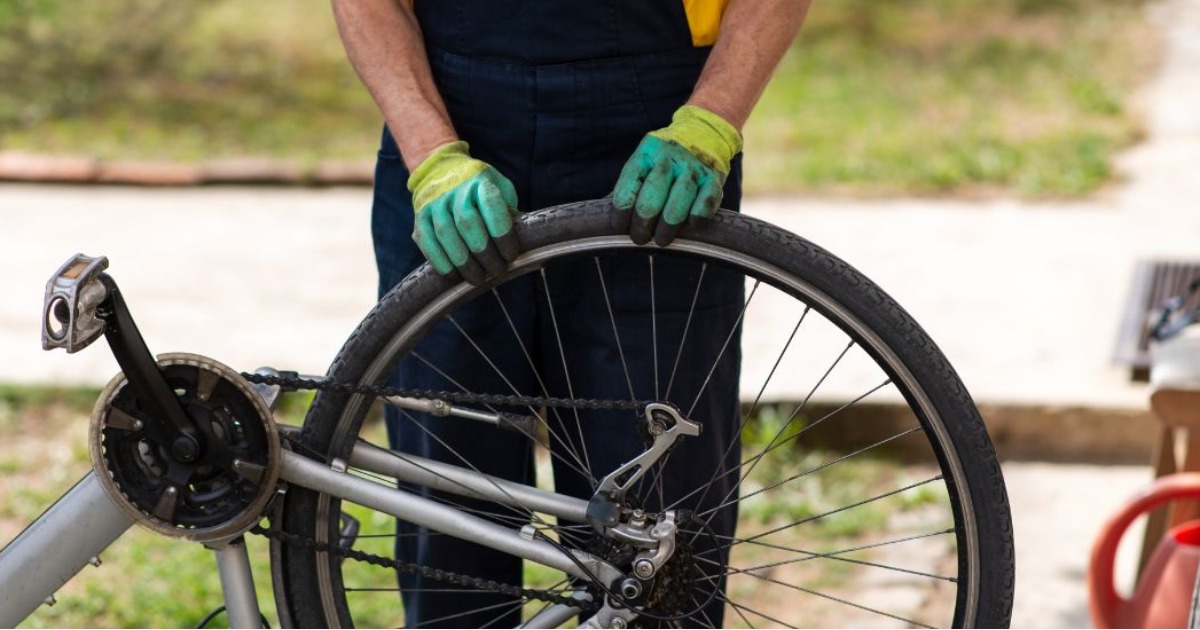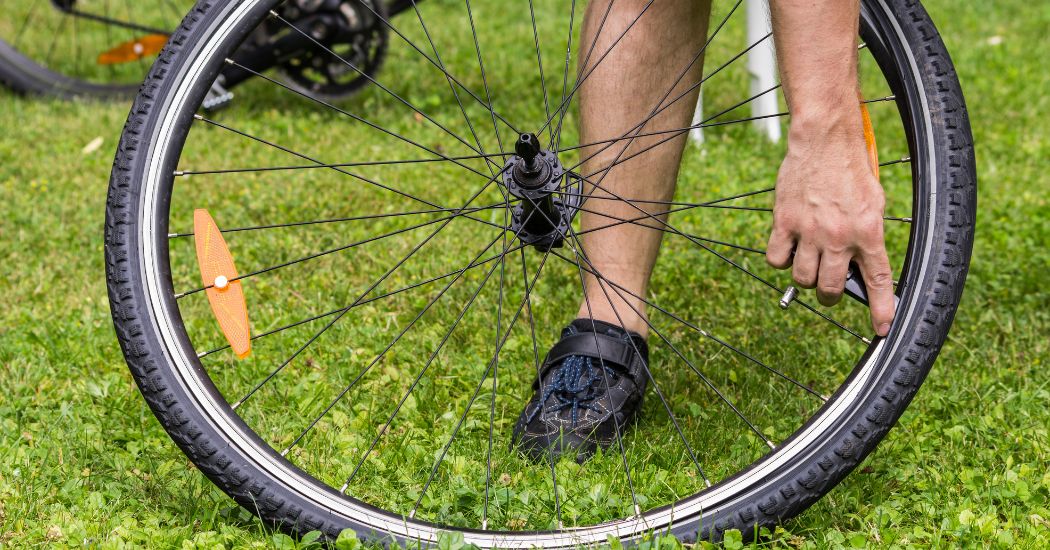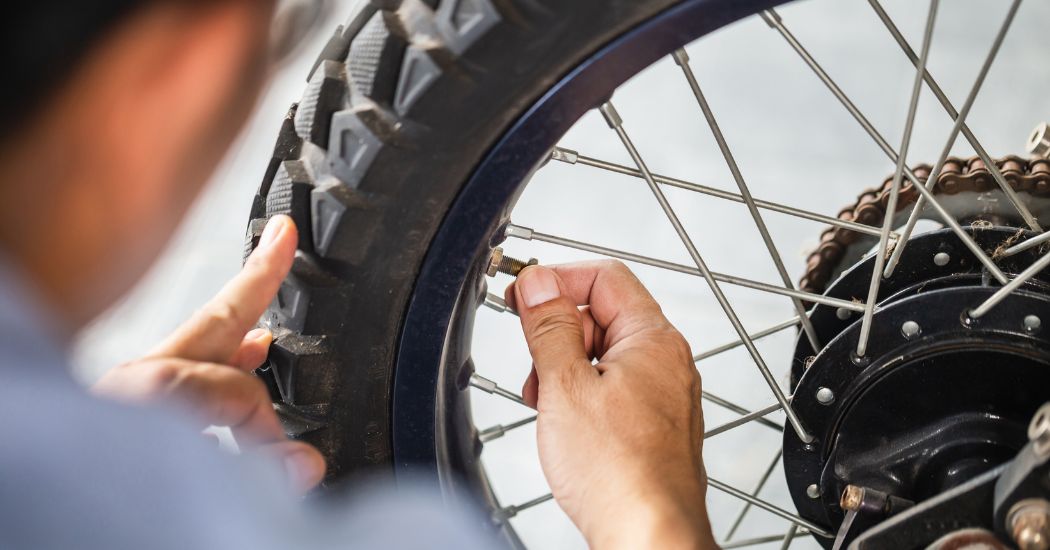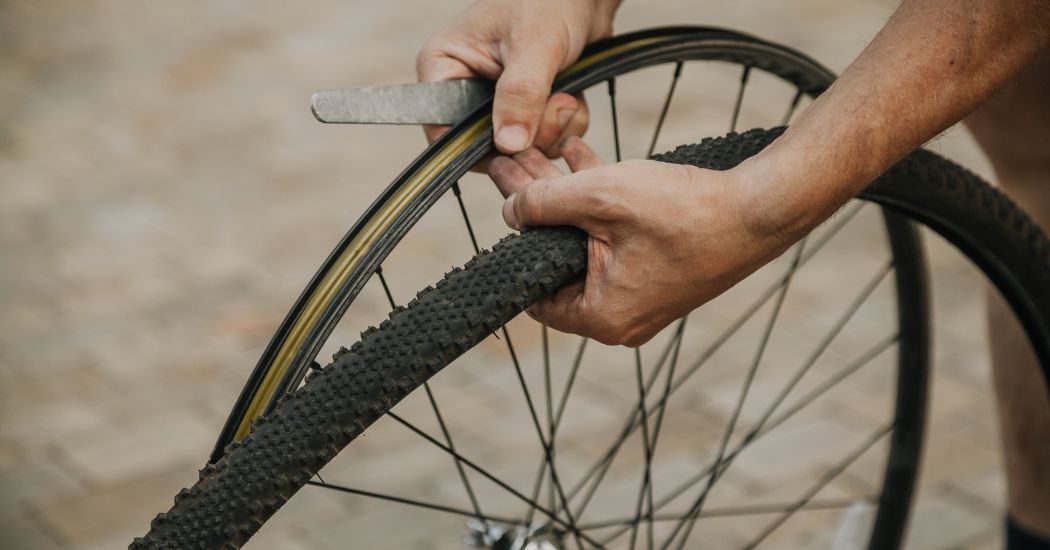When To Replace Road Bike Tires? 7 Signs To Check For
- 11 Dec 2022 23:37
- 981

When to replace road bike tires? You can only answer this question after learning about signs displayed on your bike when it needs new tires.
This article will show you the most common indicators for the replacement. You can also discover tips to replace road bike tires on your own.
Let's jump into the details!
When To Replace Road Bike Tires?
When you notice any sign of damage or degradation in the road bike tire, try to replace it as soon as possible. The tread, sidewalls, rubber surface, and casing are the first parts that give you indications.
Worn-out tread
Tread refers to the section of the bike tire that contacts the ground while riding. It's a thick rubber protective layer with patterns. The more you ride, the faster the tread wears down.
If you notice a worn-out tread on your bike tire, replace it. Otherwise, all surfaces will become slippery for the bike.
Bulges on sidewalls
A bike tire has multiple rubber layers. If they start to separate from each other, there will be bubbles or bulges on the tire. It indicates that it has lost its patterns and structure.
You will encounter a disaster if you don't replace your tire soon. The already-separated rubber layers may continue to split, and the tire as a whole may collapse.

Cracked rubber
You may start to see rubber fractures in an old bike tire. They usually appear on the edges of the tread patterns or knobs.
This sign indicates that the rubber is degrading and getting weaker. If you keep riding on it, the cracks will worsen, and the tire might blow out.
Constant flats
If you keep having flat tires, something may be wrong with your tire setup. There must be some problems with the sidewalls or inner tubes. Another possible case is a sharp object trapped between the inner tubes and the tire.
If all the situations above don't happen, it must be the tire itself for the cause. You should consider replacing it now.
How to fix a flat bike tire on the road? This video shows you some tips to fix it:

Holes and cuts
If the holes or cuts on your road bike tire are tiny, you can fix them with patches.
For tubeless tires, use tubeless tire sealant products. They work well to seal around the punctures and nails.
However, if you notice large cuts or holes, there won't be anything you can do for your bike tire except for replacing it.
Worn-out casing
The nylon threads (TPI) that strengthen and shape the case may wear down. Before injuring yourself, discard the tire if you notice any white fibers.
How To Replace Road Bike Tires?
After identifying the case, replacing your road bike tire is a must. But how can you do it? The instructions are as follows:
Step 1: Remove the wheel
If you want to replace the front wheel, first disconnect the brakes before finding the quick-release lever for immediate removal.
If you work with the rear wheel, set the gears to the smallest ring. Then, find the brakes and quick-release lever.
Step 2: Deflate the old tires
Deflating the tire will help you push it closer to its rim and move it up to the center of the wheel.
Step 3: Remove the tire from its wheel
Separate the rim and the tire using a tire lever. You can attach the hooked end of the lever to the tire's edge. Then, pull the lever over the rim.
Next, slide the tire rube out of the tire. This step will be easier if you remove the air valve through the wheel's frame.
Inflate the new tube slightly. It will get into shape and shouldn't be fully inflated.
After that, let it slide into the tire. Make sure that the valve of the tube and the valve hole of the rim get in line.
Next, use a tire lever to push the remaining tire over the rim's edge. Installing the wheel to your road bike after setting the tire onto the rim.
Finally, bump it and check if your new tire can work properly.

Conclusion
You can tell if your road bike tires need replacement by checking their condition. The tread, rubber, casing, or hole and cuts on them are easily noticeable.
Once you find them, replace the tires as soon as possible. Otherwise, you will get into trouble.
Hopefully, you will find this guide helpful. Please comment in the section below if you need more information about road bike tires. We will get back to you soon.
Thank you for reading!
